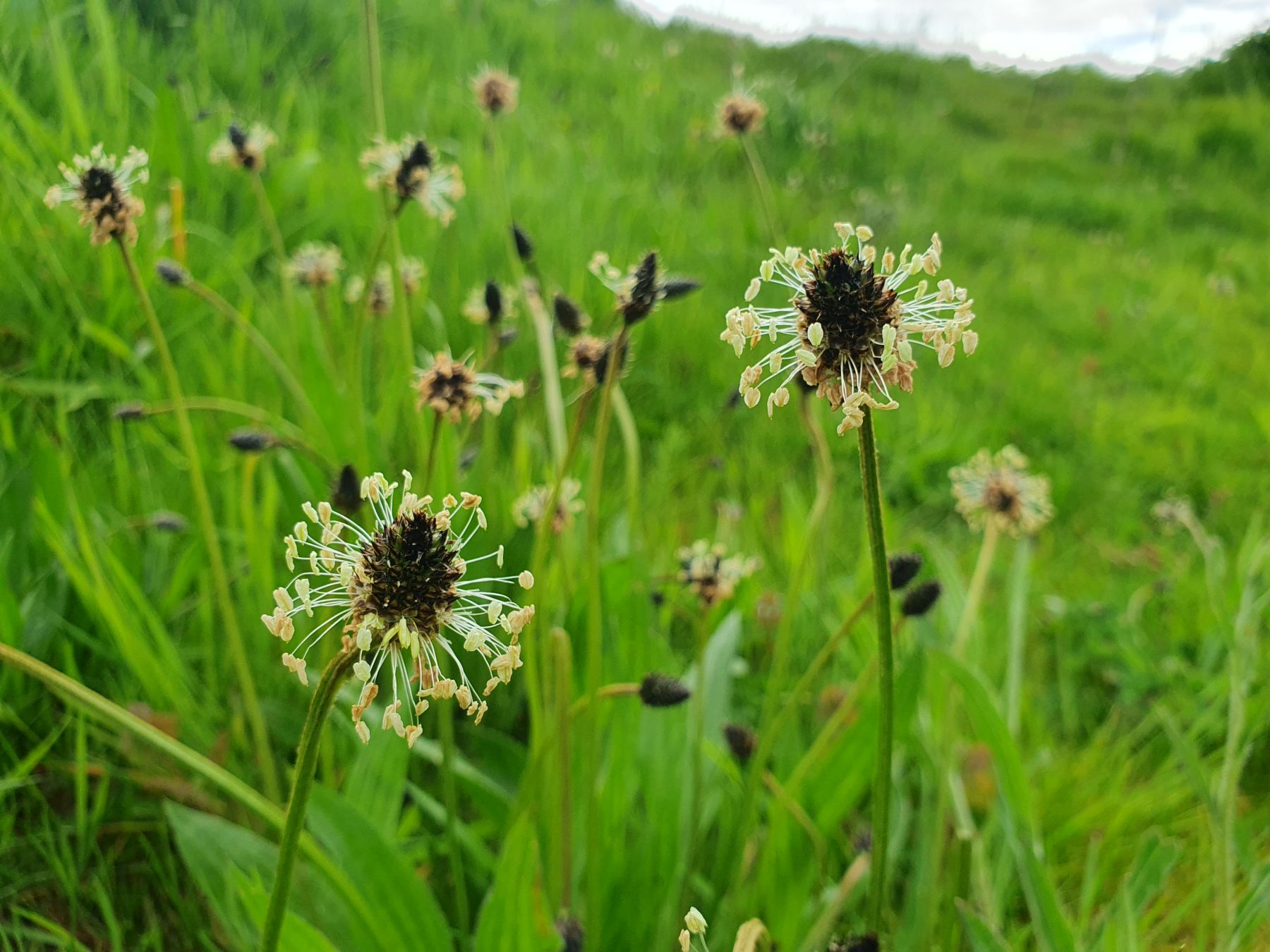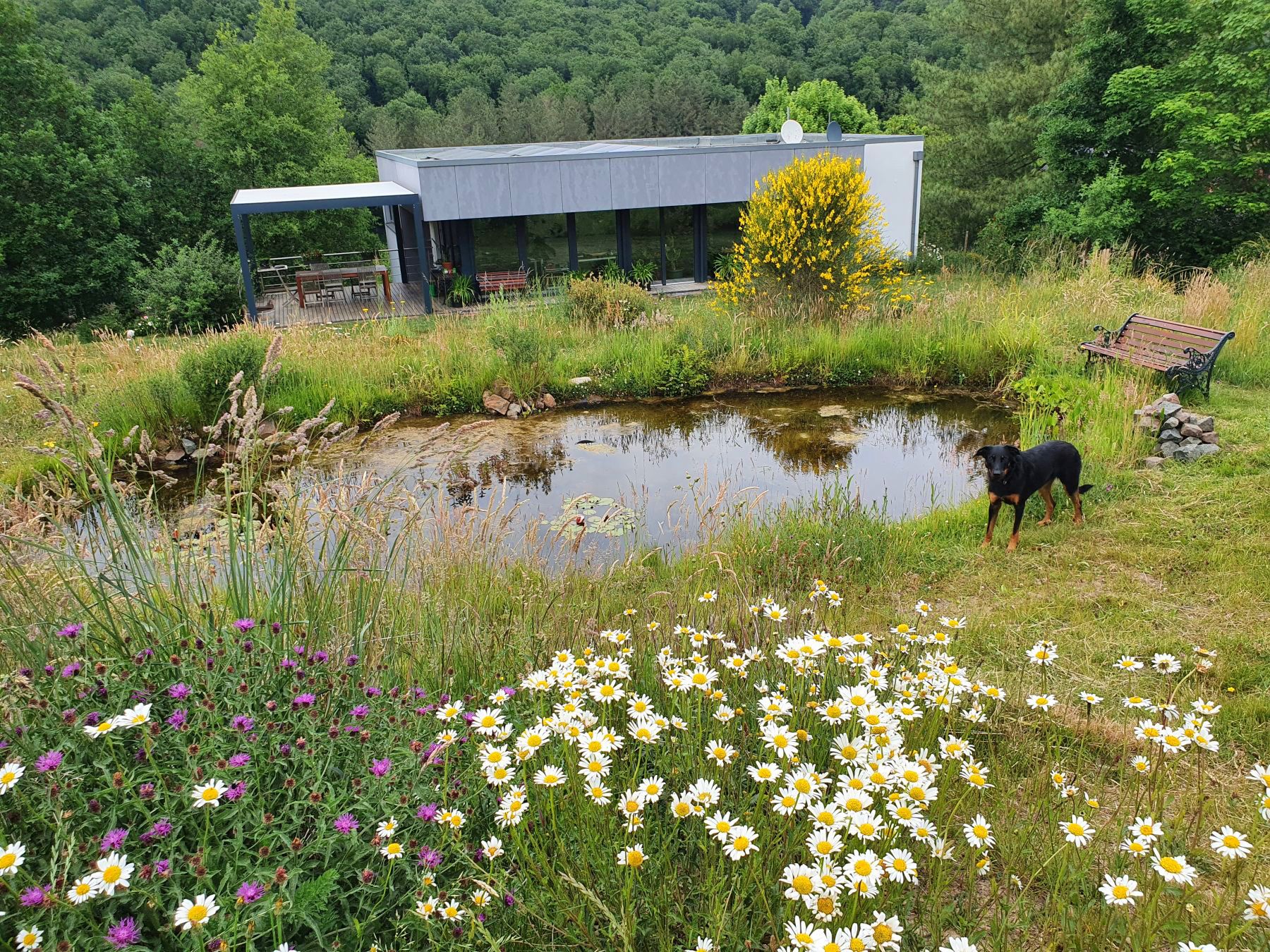

Like any biologist, I am fascinated by biodiversity and always like to know which species I have in front of me. Because the kingdom of fauna, flora and fungi is so infinitely large and my time and patience limited, it is impossible to delve into all groups. Fortunately, there is the free photo recognition app Obsidentify that can help you identify wild plants, fungi, and animals based on a good photo. It’s a true encyclopedia and library of field guides in your pocket.
With one click on your smartphone you can explore the wonderful diversity of our nature. One little warning: it can be addictive! Yet, in my opinion that is a healthy addiction and useful time spent outdoors, especially when you know that the information you collect also contributes to research on our wild species. It's called citizen science. Not only fun, but also relevant.
Your identifications in Obsidentify are automatically saved in the database and website observations.org. So be sure to create an account. I really like the option to demarcate your garden or a favorite area on a map on this website. You can then display all species identified by you in this area and export the species lists in Excel. My memory is not strong enough to store all this newly acquired information. Why then do I find this useful? Well, monitoring the biodiversity in your garden is a good indicator to gain insight into the extent to which your garden is suitable for attracting, feeding, harboring and, if all goes well, allowing reproduction for a multitude of animal species. It also shows which plant species spontaneously find their way into your garden, as well as mushrooms, bacteria and microorganisms. Even though these tiny critters are more difficult to observe and identify.
So far my identifications have been rather ad hoc, without attempting to compile a comprehensive species list for our garden. Yet, I got triggered by the concept of a 1000 species garden, where you document the diversity in your garden throughout all seasons and continue until, ideally, one fine day you count your 1000th species. That seems to me to be the ideal reward for our efforts to design the garden as ecologically as possible.
So here I am taking up the challenge and have just added up my data so far. The counter currently stands at 432 species, half of which are plant species. A great start, but we still have a long yet fascination way to go. I'll be more systematic from now on identifying new species. I am also fortunate to have friends with a passion and a wealth of knowledge on birds, moths and other creatures. They will certainly be able to help us boost our garden’s species list.
Are you also curious how your garden currently scores, test Obsidentify and be amazed at how much life and diversity there is in your garden. Keep following us here, where you’ll learn what you can do to further increase species diversity. Be sure to share your finds with us here or on instagram or facebook!


